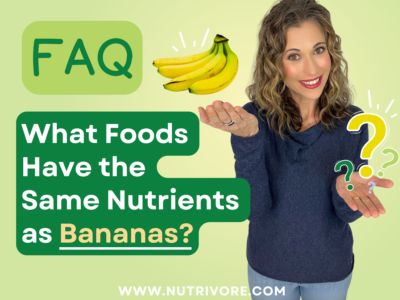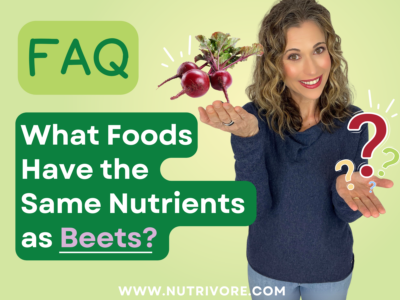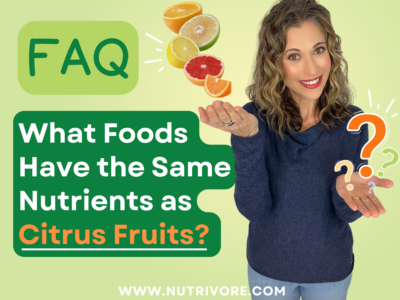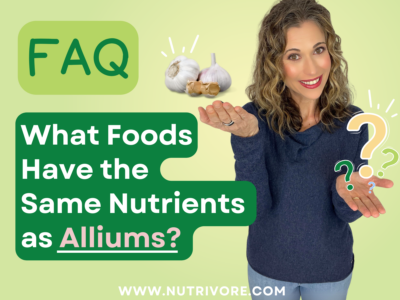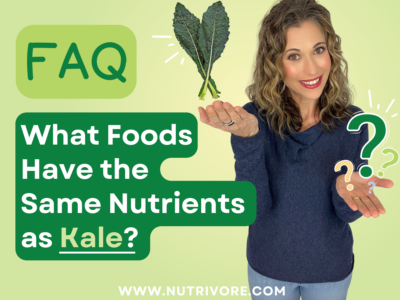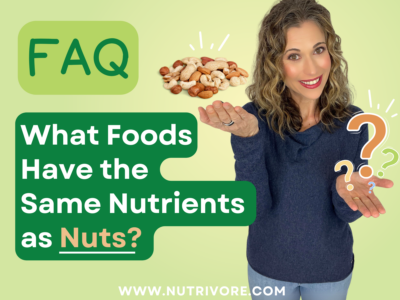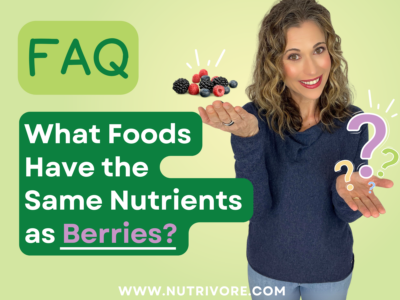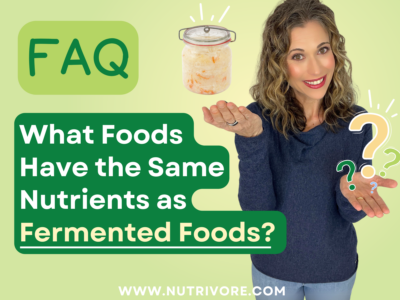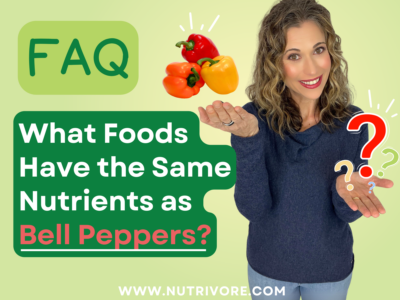What Counts as Dairy?
Dairy products include milk and products made from milk. Common examples include cheese, yogurt, kefir, ice cream, and butter. Dairy foods are not specific to those prepared from cow’s milk, but include the milk from any mammal. Aside from cow’s milk, popular options include sheep, goat, or camel, milk and milk products.
What Nutrients Does Dairy Contain?
Dairy products are not only rich in calcium and a source of complete protein, they are also an excellent source of fat-soluble vitamins, a range of other micronutrients, and conjugated linoleic acid (CLA)—a naturally occurring “good” trans fat created when ruminant animals that consume plant foods convert linoleic acid (an omega-6 fat) into stearic acid (a saturated fat) via bacteria in their rumens. Conjugated linoleic acid is cool because it has cardiometabolic benefits. Beyond that, the nutritional profile of dairy differs depending on the type of dairy product and the animal milk it comes from.
Health Benefits Associated With Dairy
Studies show only small benefits to health with moderate consumption (and detriments with high consumption).
Milk Alternatives
There are numerous popular dairy alternatives, many of which are plant-based milk alternatives, such as almond milk, cashew milk, oat milk, and soy milk. These products are not nutritionally equivalent to dairy milk, but are substitutes for how dairy products are used. People may choose them because they they are following vegan diets, feel they are more environmentally friendly options, they have a longer shelf life, or they consider them healthier.
What if I Don’t Like Dairy?
Wondering how to obtain the nutrients found in dairy products if you aren’t a fan of them or can’t eat them due to a milk allergy or lactose-intolerance, I’ve got you covered!
There are two naturally occurring nutrients found in dairy that make them valuable. (Milk is also fortified with nutrients such as vitamin A and vitamin D, but let’s focus on those that are inherent to dairy).
First, dairy is our most concentrated food source of calcium, at least in yogurt, cheese, and milk. (Sadly, butter is not a good source of calcium). The best source of calcium outside of dairy products based on amount of calcium per serving is canned fish with the bones, like salmon with bones or canned whole sardines. The next best source of calcium is molasses, which actually has more calcium per calorie than cheese! There are also some fruits and vegetables that have some calcium: dark green leafy greens (such as kale and collards), mushrooms, cassava root, and oranges. You can also get calcium from nuts and seeds, especially sesame seeds. Tofu also has a substantial amount of calcium per serving (17% to 21% DV per quarter-cup), which depends on the type of tofu, with extra firm tofu usually having higher amounts.
The other cool thing that dairy has is a really special type of fat called conjugated linoleic acid (CLA). Despite technically being a trans fat, CLA exhibits a range of beneficial health properties, including anti-cancer, anti-obesity, anti-diabetes, and anti-heart disease activities. It also promotes gut health and immune function.
For conjugated linoleic acid, the other best source is meat from ruminant animals, herbivores that chew their cud. So, think beef, bison, and lamb. Fun fact: there’s four to five times more conjugated linoleic acid in meat and dairy from grass-fed animals. While there’s not a huge difference in overall nutrient density between conventional and grass-fed, the difference in conjugated linoleic acid is the most important nutritional difference. This provides an excellent rationale for opting for grass-fed if that’s something that is accessible and affordable to you.
As always, it’s important to remember that you don’t have to eat dairy if you don’t want to. Focus on all of the nutrient-dense foods you enjoy, have access to, and can afford and prepare them in a way that you love! There is no one perfect Nutrivore diet—there is a ton of flexibility of food choice that aligns with Nutrivore principles. And, Nutrivore celebrates every small step you take towards consuming a more nutrient-replete diet. Don’t forget that the diet you follow or don’t follow now does not impact your long-term health, what does is your lifelong eating patterns!
If you’re interested in my thoughts on nutritional swaps for dairy, check out my video below and if you want to learn more about dairy products check out my detailed article here. Looking for other foods rich in the important nutrients found in dairy, including calcium and CLA? I’ve got you covered! Check out my Top 25 Foods for Every Nutrient E-Book, which highlights top foods for 42 important nutrients.
Food Swaps
If you’re looking for swaps for other foods check out these posts!



